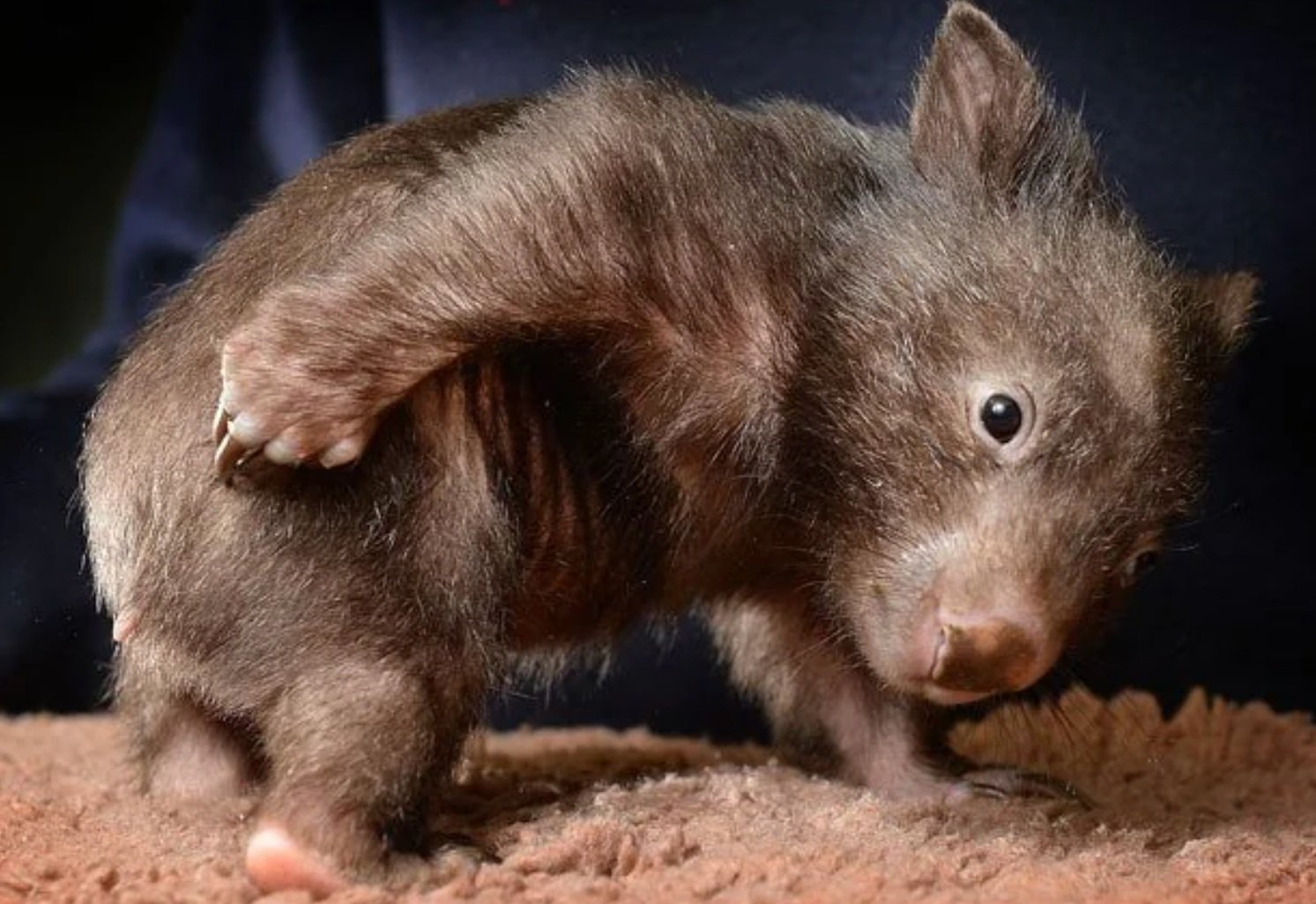15 Crazy Facts That Will Make You Instantly More Fascinating!

Whether you want to impress your date by letting them know that wombats are the only animal that poops in a cube shape, or you want to win a bet with friends over a drink, here are some fascinating facts that will make you a slightly more creative and interesting person.
Knowing these surprising tidbits not only fills any conversation lull but can also boost your creativity by expanding your knowledge and perspective.
Please enjoy; we have scoured the internet and wasted a lot of time when we should have been working to find these.
Mirrors facing each other don't produce infinite reflections. Each reflection will be darker than the last and eventually fade into invisibility. Mirrors absorb a fraction of the energy of the light striking them. What is the total number of reflections mirrors can produce? A few hundred.
You have a 50 percent chance of sharing a birthday with a friend. In any group of 23 people, two people will share a birthday, according to the maths. To find the probability of everyone in the group having a unique birthday, multiply all 23 probabilities together, giving 0.493. So, the probability of a shared birthday is 1 - 0.493 = 0.507, or 50.7 percent.
The Eiffel Tower can be 15 cm taller during the summer. When a substance is heated up, its particles move more and it takes up a larger volume – this is known as thermal expansion. The metal tower gets taller as the temperature rises.
Humans share 60% of their DNA with bananas. While it might seem surprising, this reflects the common ancestry of all living things and the fact that many genes are conserved across species.
Wombat poop is cube-shaped. This unique shape prevents the feces from rolling away, helping wombats mark their territory. It is a result of the dry environment in which they live and their slow digestion process.
All the world’s bacteria stacked on top of each other would stretch for 10 billion light-years. Together, Earth's 0.001mm-long microbes could wrap around the Milky Way over 20,000 times.
The fear of long words is called Hippopotomonstrosesquippedaliophobia. The 36-letter word was first used by the Roman poet Horace in the first century BCE to criticize those writers with an unreasonable penchant for long words. It was American poet Aimee Nezheukumatathil, possibly afraid of their own surname, who coined the term how we know it in 2000.
Football teams wearing red kits play better. The color of your clothes can affect how you’re perceived by others and change how you feel. A review of football matches in the last 55 years, for example, showed that teams wearing a red kit consistently played better in home matches than teams in any other color.
A horse normally has more than one horsepower. A study in 1993 showed that the maximum power a horse can produce is 18,000W, around 24 horsepower.
One in 18 people have a third nipple. Known as polythelia, the third nipple is caused by a mutation in inactive genes.
There’s no such thing as a straight line. Zoom in close enough to anything, and you’ll spot irregularities. Even a laser light beam is slightly curved.
Bacteria on your skin cause your itches. Specifically, bacteria known as Staphylococcus aureus can release a chemical that activates a protein in our nerves. This sends a signal from our skin to our brains, which our brain perceives as an itch.
Animals can be allergic to humans. Animals can be allergic to our dead skin cells – dander. These allergic reactions can be just like ours, too, including breathing difficulties and skin irritation.
People who eat whatever they want and stay slim have a slow metabolism, not fast. A skinny person tends to have less muscle mass than others, meaning their basal metabolic rate (BMR) is lower than those of a high muscle mass – this gives them a slow metabolism, not a fast one.
A single teaspoon of honey represents the life work of 12 bees. Bees collectively fly around 55,000 miles and visit more than 2 million flowers to gather enough nectar to produce just one pound of honey. Also, Honey never spoils. Archaeologists have found pots of honey over 3,000 years old and still perfectly edible.





